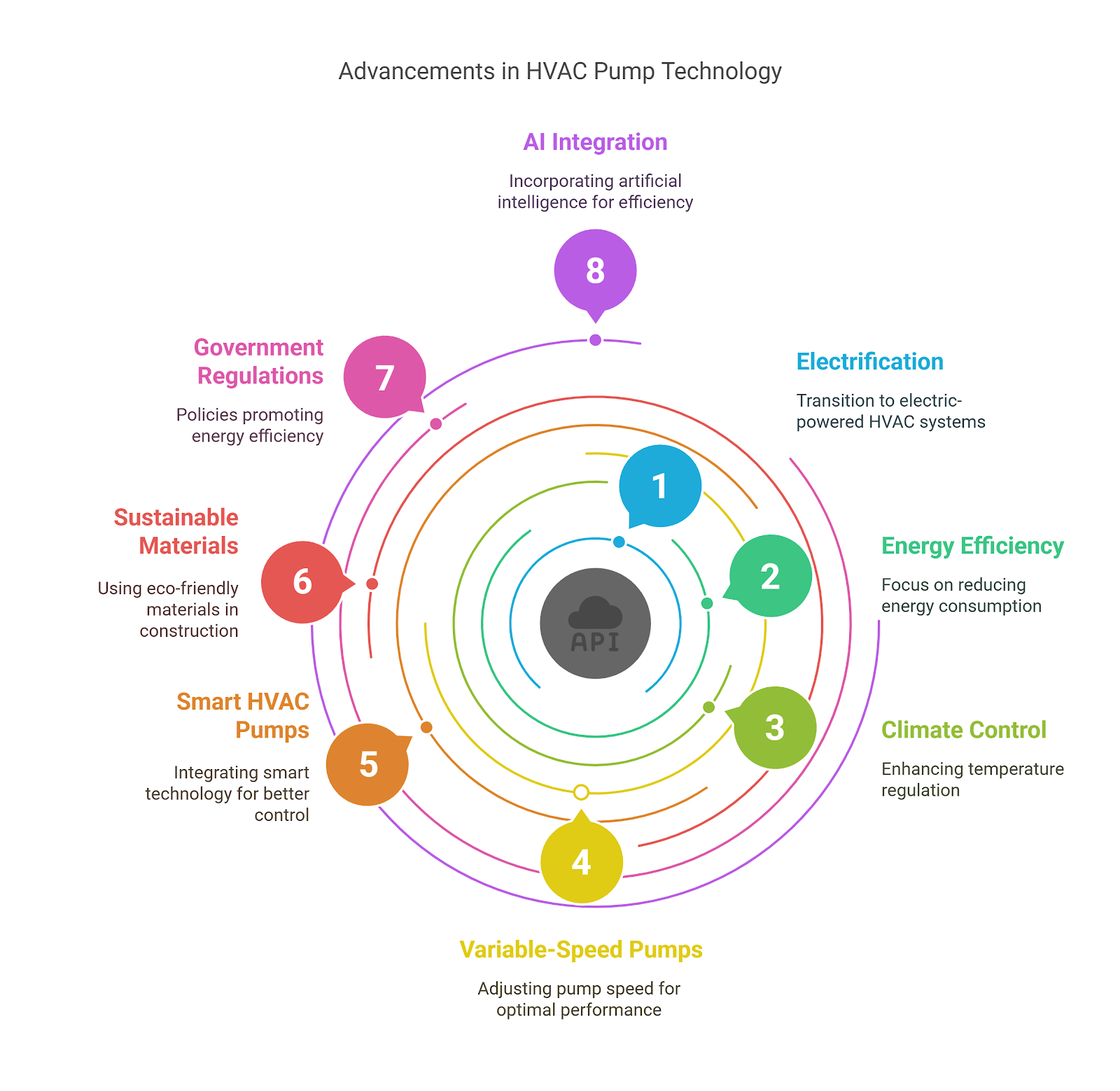Cordless Power Tools Redefining Technology for Commercial and DIY End Uses
Cordless power tools are electric tools operated by rechargeable batteries, instead of being plugged into a wall outlet. These tools serve in diverse applications across industries and residential projects, including construction, carpentry, plumbing, electrical work, home renovations, automotive repair, and the latest in DIY projects. They are highly efficient and easy to use, owing to their portability and convenience of storing and transportation. Technological innovation, changes in consumer preferences, and surge in industrial sector are key factors transforming the cordless power tools industry. The sector is witnessing a rise in demand for tools that feature mobility, efficiency, and user-friendliness, which all are inbuilt in cordless power tools.
DIY culture is revolutionizing the demand for cordless tools
The COVID-19 pandemic has sparked the trend of do-it-yourself (DIY) projects among the global population. With the surge in amount of time spent at home, owing to work from home culture, more and more individuals are employing their time for home improvements, gardening, and various other small-scale projects.
With WFH being a large change in the corporate sector, employees are resorting to set up their own office spaces in their home, which has necessitated rise in demand for cordless power tools, which are ideal to use for home renovations purposes, without any significant help from experts. Moreover, leading manufacturers have taken interest in this trend, and are innovating tools with compact, ergonomics design, improved battery systems, user-friendly interfaces, and safety and security features. For instance, major players such as Robert Bosch GmbH, Makita Corporation, Milwaukee Electric Tool Corporation, and others are prioritizing on driving their customer base. They are targeting DIY enthusiasts by launching tools and devices best suited for their use. For instance, Bosch’s PS31–2A, is a cordless, compact drill kit, ideal for DIY use, and for beginners to tackle day-to-day household tasks with ease and precision.
Smart technologies and innovations shaping the industry
The cordless power tools sector is witnessing surge in the trend of innovations, owing to increase in development of technological, sustainable, and multi-functional devices. According to Allied Market Research, the sector is projected to rise at a CAGR of 8.7% from 2024 to 2033. Prominent players in the field are integrating smart technology into cordless tools to enhance efficiency and user control. For instance, Bosch’s GSA18V-126, which is a cordless reciprocating saw, is designed with features such as kickback control and other advanced functionalities. It focuses on improving safety and precision when in use. These tools have the ability to connect to smartphone apps, which enables users to monitor tool performance, adjust settings, and ensure timely maintenance.
In addition, sustainability and environmental awareness are top priorities for manufacturers while designing tools. DeWalt’s Powershift system is designed in such a way that it operates on battery, instead of traditional gasoline, thus reducing CO2 emissions by 60%.
Bosch’s strategic plan to introduce novel products in the sector
Bosch Power Tools, in June 2024, launched a new line of cordless devices, such as 18V deep cut band saw, impact wrench, blower, and planer. This strategic move aligns with Bosch’s commitment to deliver to drive its business and grow its cordless tools product portfolio. These tools meet the diverse needs of professionals from varied industries, helping them improve productivity and accuracy. The key features of the new line of products include brushless motors for long power life, ergonomic designs with an aim to offer comfort to users, and a better battery platform.
Future scope
The cordless power tools market is driven by innovation and increase in trends of sustainability, further fostering advancements in battery technology, integration of smart tools, and more, in the years to come. Moreover, surge in industrialization, globalization, and urbanization in regions such as Asia-Pacific and LAMEA, is expected to drive significant demand for these products, along with rise in disposable incomes in China and India. Thus, manufacturers are headed in the direction of development and innovation, to stay relevant in the industry.
More Trending Reports
✍ **𝑨𝒓𝒕𝒊𝒄𝒍𝒆 𝒘𝒓𝒊𝒕𝒆𝒓: Ketki Dongare


Comments
Post a Comment